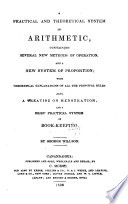 | George Willson - Arithmetic - 1836 - 202 pages
...246 : : 1 : A. But the third term is constant, being always unity. W* may therefore omit it. RULE. Divide the given sum by the amount of $ 1 for the given time and rate. 1.14)246.00(215.78-1- Ans. 228 180 114 660 570 Subtracting the present worth from the... | |
 | Charles Guilford Burnham - Arithmetic - 1837 - 266 pages
...$10<H-$106=$100, the present worth of $106 due a year hence. From the above we derive the following RULE : To find the Present Worth. DIVIDE the given sum by the amount of $1 for the given time, and the quotient will be the present worth. The present wort h subtracted from... | |
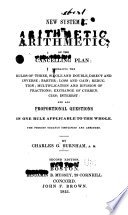 | Charles Guilford Burnham - Arithmetic - 1841 - 324 pages
...$106-r$1.06=$ 100, the present worth of $106 due a year hence. From the above we derive the following RULE: To find the present worth. Divide the given sum by the amount of $1 for the given time, and the quotient will be the present worth. The present worth, subtracted from... | |
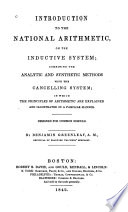 | Benjamin Greenleaf - Arithmetic - 1842 - 184 pages
...106)2544($24 Ans. ~T24 212 424 ~T24 424 From the above illustrations, we deduce the following RULE. Divide the given sum by the amount of $ 1 for the given rate and time, and the quotient will be the present worth. Or, multiply the given sum by 100, and divide the product... | |
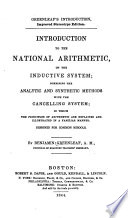 | Benjamin Greenleaf - Arithmetic - 1844 - 208 pages
...METHOD. SECOND METHOD. 2 5.4 4 , 1.0 6) 2 5.4 4 ( $ 2 4 Ans. 100 212 106)2544($24Ani. 212 424 424 RULE. Divide the given sum by the amount of $ 1 for the given rate and time, and the quotient will be the present worth. Or, multiply the given sum by 100, and divide the product... | |
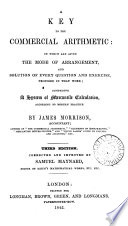 | James Morrison (accountant.) - 1845 - 324 pages
...you find the PRINCIPAL or PRESENT VALUE of any sum which will increase to any proposed amount? A. I divide the given sum by the amount of £ 1. for the given rate and time, taken from Table I. (5.) Q. How do you find the RATE of compound interest, at which a sum will increase... | |
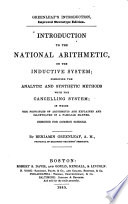 | Benjamin Greenleaf - Arithmetic - 1845 - 226 pages
...212 106)2544 ($24 Ans. 424 212 424 424 424 From the above illustration, we deduce the following RULE. Divide the given sum by the amount of $ 1 for the given rate and time, and the quotient will be the present worth. Or, multiply the given sum by 100, and divide the product... | |
 | James W. Kavanagh - 1846 - 304 pages
...4-048935 4-291871 306. Given the rate, amount, and time at compound interest, to find the principal or present worth. — Divide the given sum by the amount of £1 for the given time, at the given rate, the quotient will be the principal. Ex. 4. What sum now put to compound interest... | |
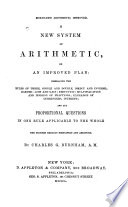 | Charles Guilford Burnham - 1850 - 350 pages
...present worth of $106 due a year hence. From the above we derive the following RULE. Art. 218i — To find the present worth — Divide the given sum by the amount of $1 for the given time, and the quotient will be the PRESENT WORTH. The present worth, subtracted from... | |
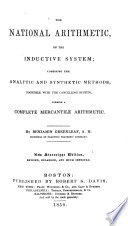 | Benjamin Greenleaf - Arithmetic - 1850 - 368 pages
...present worth of $12.72 must be equal to the number of times $ 12.72 will contain $1.06. RULE. — Divide the given 'sum by the amount of $ 1 for the given fate and time, and the quotient will be the present worth. If the present worth be subtracted from... | |
| |